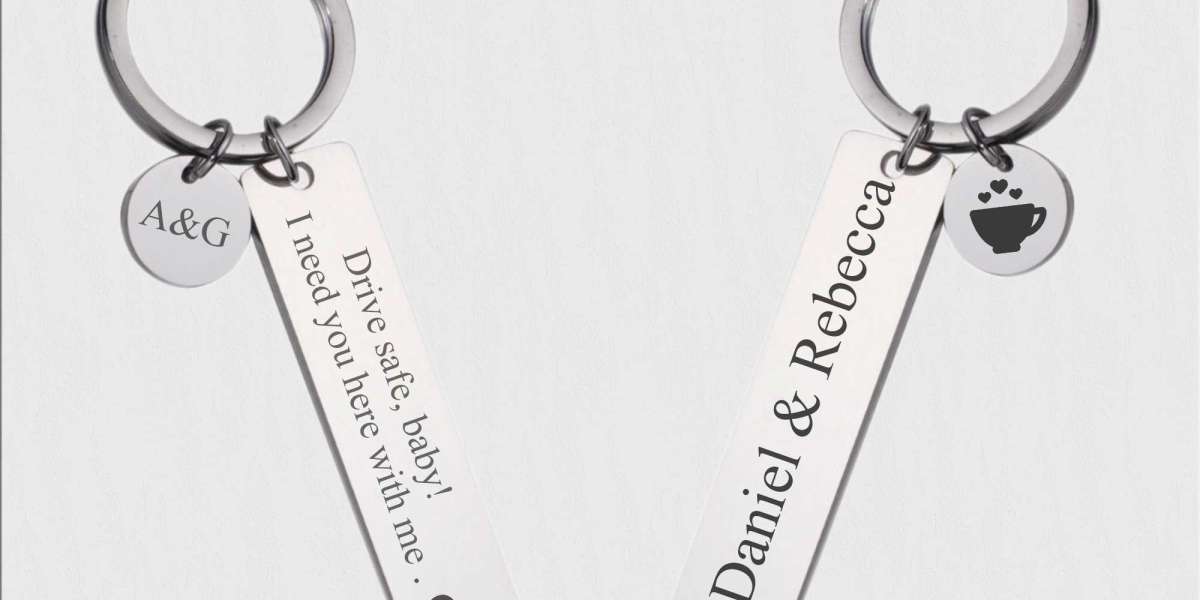Keeping your chickens healthy and happy is a top priority for any poultry owner, and a crucial part of this responsibility is maintaining a clean and efficient chicken feeder. Unfortunately, feeders can also attract unwanted pests, including rodents, wild birds, and insects, which can compromise the health of your flock and the integrity of your feed. In this article, we'll explore various strategies to keep pests out of your chicken feeder, ensuring your poultry has access to clean, nutritious food while minimizing risks.
The Importance of Pest Control in Chicken Feeders
Pests are more than just a nuisance; they can pose significant risks to your chickens and their food supply:
- Health Risks: Rodents and wild birds can carry diseases that may be transmitted to chickens. Contaminated feed can lead to illnesses, reducing egg production and overall flock vitality.
- Feed Contamination: Pests can introduce parasites and bacteria to the feed, making it unsafe for consumption. Mice, for example, can leave droppings in the feed, which can lead to severe health issues in your chickens.
- Increased Feed Costs: Pests can consume and waste a significant portion of your feed. This not only increases costs but can lead to nutritional deficiencies for your flock.
- Attracting More Pests: A feeder that attracts one type of pest may lead to an influx of others, creating a breeding ground for issues you didn't initially anticipate.
Understanding the risks involved makes it essential to take proactive measures to protect your chicken feeder and, by extension, your flock.
Strategies to Keep Pests Out of Your Chicken Feeder
Choose the Right Feeder
The first line of defense against pests starts with the type of chicken feeder you use. Here are some options to consider:
- Treadle Feeders: These feeders open only when a chicken steps on a platform, preventing access to other animals. Treadle feeders are excellent for deterring rodents and wild birds.
- Hanging Feeders: Elevated feeders keep the feed off the ground, reducing contamination from droppings and pests. Make sure they are securely hung to prevent swinging, which could frighten your chickens.
- Automatic Feeders: These feeders dispense food at set intervals, minimizing exposure time and making it less accessible to pests. They can be particularly useful if you have a busy schedule and can't monitor feed levels frequently.
Implement Proper Feeding Techniques
Feeding practices can significantly impact pest attraction. Here are some techniques to consider:
- Scheduled Feeding: Instead of leaving food out all day, establish a feeding schedule. Fill the feeders at specific times and remove any leftover feed after a set period. This reduces the chances of attracting pests.
- Portion Control: Only provide enough feed for the number of chickens you have. This minimizes waste and reduces the likelihood of attracting pests that feed on spilled or leftover food.
- Clean Up Spills: Regularly check the area around your feeders for spilled feed. Cleaning up any remnants promptly will discourage pests from returning.
Store Feed Properly
How you store your chicken feed is just as crucial as how you feed your chickens. Here are some storage tips:
- Use Airtight Containers: Invest in sturdy, airtight containers made of metal or heavy-duty plastic. This prevents pests from accessing the feed and keeps it fresh for longer.
- Keep Feed Elevated: Store your feed off the ground to avoid attracting rodents. Shelving or pallets can help keep feed containers elevated and out of reach.
- Limit Feed Supply: Buy only the amount of feed your flock will consume in a reasonable time. This helps prevent spoilage and reduces the chances of pests being drawn to excess feed.
Incorporate Pest Deterrents
Several natural and commercial pest deterrents can help keep your chicken feeder pest-free:
- Essential Oils: Certain essential oils, like peppermint and eucalyptus, are known to repel pests. You can use them in sprays or diffusers near the feeder area, but make sure they are safe for chickens.
- Herbs: Planting herbs such as basil, mint, and rosemary around your coop can deter pests. These plants not only provide a natural repellent but can also serve as additional treats for your chickens.
- Natural Predators: Encouraging natural predators, such as cats or certain bird species, can help control rodent populations. However, ensure that the presence of these predators does not threaten your chickens.
Maintain Cleanliness and Hygiene
Maintaining a clean environment is crucial for deterring pests. Here are some effective cleaning tips:
- Regular Cleaning Schedule: Establish a routine for cleaning the feeders and the surrounding area. Remove any old feed, wash the feeders with soap and water, and ensure they are completely dry before refilling. This is just as important as keeping an egg hatcher clean to ensure optimal conditions.
- Use the Right Materials: When selecting feeders, choose materials that are easy to clean, like plastic or metal, which can be easily wiped down.
- Clean the Coop: Regularly tidy up the chicken coop itself. A well-maintained coop minimizes pest attraction by eliminating hiding spots and breeding grounds.
Secure the Feeding Area
Making the feeding area less accessible to pests can significantly reduce their presence:
- Fencing: Installing a fence around the feeding area can help keep out larger pests like raccoons and stray animals. Make sure the fence is tall enough and extends underground to deter burrowing animals.
- Cover the Feeders: Use feeders with lids or covers to protect the feed from the elements and pests. This can help keep the feed dry and less attractive to rodents and birds.
- Monitor for Infestations: Regularly check your feeder and surrounding area for signs of infestations. Early detection can help address the issue before it escalates.
Consider the Location
The placement of your chicken feeder can influence pest attraction:
- Choose a Dry, Sunny Spot: Pests are less likely to thrive in areas that are dry and sunny. Positioning feeders in such locations can help deter unwanted visitors.
- Distance from Waste: Keep feeders away from manure piles and other waste sources. Pests are often attracted to these areas, so providing a clear boundary can reduce their likelihood of approaching your feeders.
Be Aware of Seasonal Changes
Different pests may be more prevalent at different times of the year. Being aware of seasonal changes can help you adjust your pest control strategies accordingly:
- Spring and Summer: Rodents and insects may be more active during these warmer months. Increase vigilance and enhance your pest control measures during this time.
- Fall and Winter: As food sources become scarcer, pests may be drawn to your poultry feeder. By ensuring that the feed is stored securely, you can prevent infestations during the colder months.
Conclusion
Keeping pests out of your chicken feeder is essential for maintaining a healthy and productive flock. By implementing the strategies outlined above, such as choosing the right feeder, maintaining cleanliness, and utilizing pest deterrents, you can create an environment that minimizes the risk of infestations. Protecting your poultry feeder not only ensures that your chickens have access to clean and nutritious food but also contributes to their overall health and well-being. With careful planning and regular maintenance, you can enjoy a thriving flock free from the complications that pests can bring.








